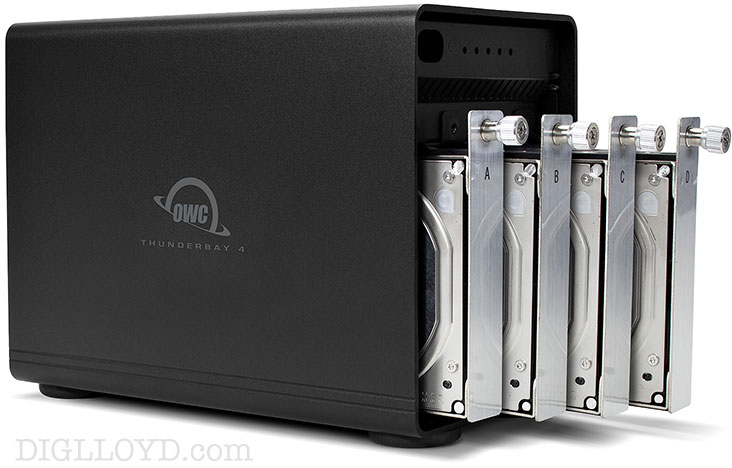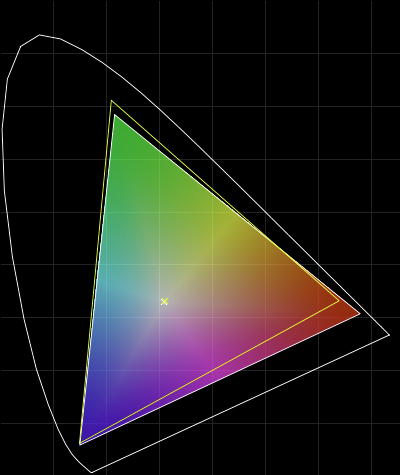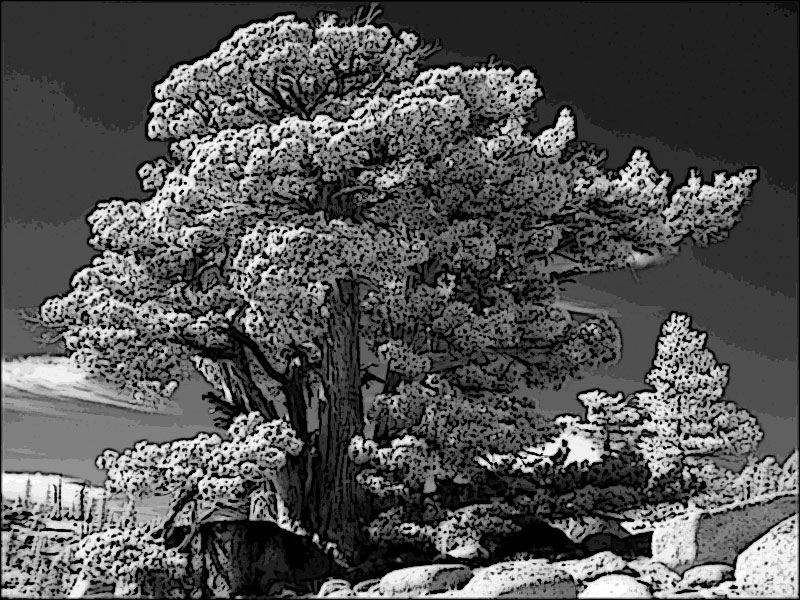
|


|


|

|

|

|
A brief glossary of photographic terms
Related: color space and gamut, depth of field, digital sensor, How-To, infrared, Photoshop, shutter, tripods and support
This page offers a brief glossary of commonly-used photographic terms.
Apochromatic / APO
Highly corrected for chromatic (color) aberrations such as lateral chromatic aberration. There are loose and strict definitions of this term, but in recent years it has become more of a debased marketing term eg APO.
For an example of a true apochromatic lens, see the Coastal Optics 60mm /f4 UV-VIS-IR APO macro review.
Astigmatism
Sharpness that differs in one direction versus another eg vertical and horizontal lines might be considerably more or less sharp than the other. Details.
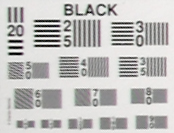
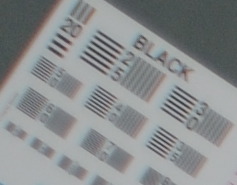
Backfocus
Focus behind the desired plane of focus. In recent years, some DSLR cameras offer a “fine focus adjustment” to correct for inaccuracy in the autofocus system.
Backfocus is often very strong shooting in infrared, because most lenses are not corrected for the longer wavelengths, and thus focus in front of the imaging plane. However, apochromatic lenses minimize this shift.
Ballhead
A tripod head which allows free rotation of the mounted camera by virtue of a ball-in-socket design. Some tripod heads are of the pan/tilt variety, that have multiple independent levers. The vast majority of professionals today use a ballhead, but there are outstanding alternatives such as the Arca Swiss Cube.
Blown, blow out
Overexposure that results in loss of highlight detail (“blown”). See pinned.
Chromatic aberration(s)
Various optical degradations caused by differing wavelengths of light. Aberrations include lateral chromatic aberration (color fringing), axial chromatic aberration, and spherochromaticism. Some of these can be corrected during processing of a RAW file eg with Nikon Capture NX2. Details.
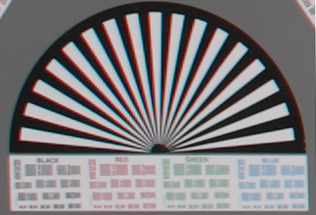
Color space
A mathematical description (typically for computer use) relating a gamut and its grayscale rendition to Lab color (Lab is the standard basis for describing colors perceivable by the human eye, and is used internally by programs such as Adobe Photoshop). Without a color space, the numbers describing a color have vague meaning; it’s like quoting a distance without the units (miles or kilometers?).
The most common color space is sRGB, a small-gamut color space used on the world wide web (see Web Browser Color). The sRGB color space offers a restricted range of colors that make it inappropriate for more images with a wide range of color. Today’s professional inkjet printers have a much larger gamut than sRGB can describe; using sRGB with a digital camera “chops off” subtleties from an image, especially saturated reds. A good choice for professional work is the ProPhoto RGB color space.
Critical focus
Focus such that critical sharpness is achieved for the intended subject matter. See Focus Accuracy.
Critical sharpness
The maximum possible sharpness at the highest possible contrast achievable with a particular camera across the image field. For outstanding lenses, critical sharpness might be achieved wide-open, or 1 stop down (very rare). For most lenses on digital SLR cameras, critical sharpness will usually be at f/5.6 or f/8. Poor quality or misaligned lenses might never produce a critically-sharp image, at any aperture.
Exposure delay mode (Nikon bodies)
An optional setting on many Nikon DSLR cameras that releases the shutter approximately 0.4-1 seconds after the mirror flips up in an attempt to reduce vibration. It is ineffective for many setups; use mirror lockup instead.
High capacity, high-performance fault-tolerant storage for photography and video.
Non-RAID or RAID-0/1/4/5/10.
Capacities up to 72 Terabytes!
Depth of field
Apparent sharpness obtained by making the lens aperture (diaphragm) smaller, typically defined in terms of an arbitrary “acceptable” sharpness. It is a murky concept unless the needs of any particular image are taken into account, such as the display or print size, and viewing distance.
Read more about depth of field.
With today’s digital SLRs, critical sharpness is achieved for only a small distance in front of and behind the plane of focus, with diffraction rapidly degrading the image beyond f/11.


For example, an image intended to be printed at a size of 6 X 4" can appear “reasonably” sharp whereas the same image printed at 24 X 16" might look blurry in important areas, rendering it unacceptable for professional work.
In some cases such as portraits, minimizing depth of field increases the impact of the image, though in many cases front-to-back sharpness is preferable.
Diffraction
An optical property causing reduced contrast and resolution as the lens aperture is stopped down (made smaller).
Stopping down to increase depth of field becomes counterproductive beyond f/11 with today’s digital SLRs (exactly which aperture depends on the size of the photosites of the digital sensor). Even stopping down past f/5.6 shows a reduction in image contrast with first-rate lenses on a high-resolution digital camera such as the 16.7-megapixel Canon EOS 1Ds Mark II.
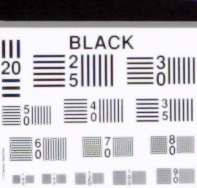
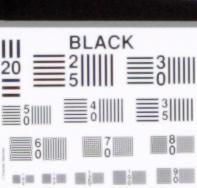
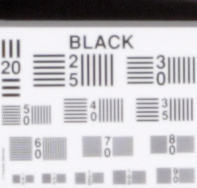
Distortion
An optical property that causes proportions of object to vary at odds with the original subject. Not to be confused with perspective “distortion” which is a psychological phenomenon. Details.
DPP, Digital Photo Professional
Canon’s raw-file processing program supplied with Canon EOS digital SLR cameras. DPP is included free with the camera.
False color (infrared terminology)
An image in which the color is created as if the luminance (brightness) values of the red/green/blue photosites were induced by normal visible light, rather than infrared light. This rendering is arbitrary, since the photosites were never designed to respond to visible light. The resulting color is really an arbitrary mapping of brightness values to color, not any reflection of the original color of the subject matter.
Flare
Unwanted light in the image resulting from internal reflections off the lens elements or the diaphragm or other parts of the lens body. More.
Front-focus
Focus in front of the desired plane of focus. (Some photographers might call this a “far sighted” lens). See backfocus.
Gamut
The range of colors that a medium can capture or reproduce. The human eye, a camera, a computer monitor, and a printer all have different gamuts The gamut of the human eye exceeds nearly all cameras, monitors and printers. See also color space.
A wide gamut color display is a mandatory for digital professionals. The graph below shows that this display has a gamut which is much more capable in the reds than Adobe RGB.
The gamut of some cameras exceeds that of even the best computer monitors and printers. Out of gamut color means color that is outside the range that can be recorded, printed, or viewed. Dark and/or strongly saturated colors are often out of gamut with color spaces like sRGB.
Hot Spot
A bright central area that becomes increasingly bright relative to the rest of the image as the lens is stopped down, and also better defined as the lens is stopped down.
Alternately (rare), a hot spot can occur with a lens wide open, and diminish with stopping down.
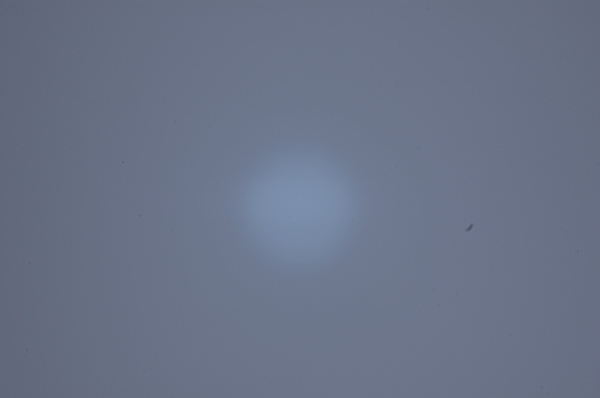
IS
Canon's Image Stabilization, a lens technology than counteracts lens movement by rapidly moving internal lens elements.
Intel i9 10-core / 1TB SSD / 128GB / 1yr Warranty!
Awesome screen!
The last and best iMac 5K model.
Master file
An image file containing the original unaltered image data, together with all layers, effects, etc. For example, a Photoshop TIF or PSD file.
A copy of the master file is “flattened” before printing into a single TIF or JPEG file containing the final result from applying all effects “layers” to the original data.
The master file should not be confused with the original RAW (or JPEG) image from whence it came; the master file contains the converted image, plus all layers, annotations, etc.
Mirror Lockup (MLU)
The ability to raise the camera mirror, then separately release the camera shutter. Mirror lockup is essential to reducing camera vibration, especially with telephoto lenses and/or at lower shutter speeds.
Mirror slap
Impact resulting in camera vibration caused by the impact of an SLR mirror flipping up just prior to the shutter opening. Mirror slap can greatly degrade image sharpness at some shutter speeds and with longer telephoto lenses.
Monochrome
An image composed of only one “color” which might be grayscale (“black and white”), sepia, or some other tone. The image content varies only in brightness. Traditional black and white images are monochrome, as are toned images that have a sepia or blue or yellow tint.
Nanometer
One billionth of a meter, or 1/1,000,000 of a millimeter or 1/1000 of a micrometer. Wavelengths of visible light range from approximately 400 to 650 nanometers, though the human eye can dimly perceive light out to about 750 nanometers.
Nikon Capture NX2
Nikon’s raw-file processing program. Inexplicably, Nikon Capture NX2 is not included free with the camera, even for Nikons’s professional digital SLRs.
Photosite
A discrete light-capturing dot on a digital sensor, sometimes confusingly called a pixel (pixels are individual dots of a computer image, not the physical light-gathering areas on an image sensor). A photosite is always monochrome, measuring only the intensity of the impinging radiation (light). Color is achieved by the use of red, green, blue and (rarely) other color dyes to filter the light that the photosite records. Details.
Pixel
One dot of a computer image, which might represent a grayscale value (monochrome image) or a color value (color image). Pixels can have varying precision, such as single-bit (on/off), 8-bit (0..255), or 16-bit (0..65535 [32766 in practice]), or even more.
A grayscale pixel uses that precision to represent varying shades of gray; a color pixel uses that precision for each color component, such as red/green/blue (RGB), cyan/magenta/yellow/black (CYMK) or Lab (L (Luminance, red/green, yellow/blue). For example, a 16-bit RGB image uses 16 bits for red, 16 bits for green, and 16 bits for blue, or 48 total bits of data per pixel. Other variations are possible (eg 5 bits per color, confusingly called “16 bit color”), but uncommon.
Pinned
Underexposure that results in loss of shadow detail. See blown.
Post processing
Adjustments made to the image in an image editing program after it has been converted into a TIF or JPEG file (or any suitable format).
Post processing typically involves adjustment of contrast, color saturation and sharpening, but any and all adjustments to the image are considered post processing. Post processing is best done using image editor features that do not alter the original pixels—eg “layers” in Adobe Photoshop. See master file.
Posterization
A (usually) undesirable effect whereby tonal values are forced into a limited range of values which cause abrupt transitions between colors and/or brightness, creating a “poster” effect that looks less and less like a photograph as the posterization increases, and more and more like a poster. Click the image below to see it larger.
Prime, prime lens
A lens of a single fixed focal length (as measured at infinity), as compared to a zoom lens which offers a continuously-variable focal length. Note that focusing some lenses to a closer distance can reduce the actual focal length; this depends on the optical design and is a trick used with some lenses to provide macro capability.
In general, a prime lens offers higher performance than a zoom lens, but modern zoom lenses in some cases outperform earlier prime lens designs.
High capacity, high-performance fault-tolerant storage for photography and video.
Non-RAID or RAID-0/1/4/5/10.
Capacities up to 72 Terabytes!
RAW, RAW file
A type of image file produced by a digital camera which contains unprocessed image data. A raw file contains luminance (brightness) values for every photosite, typically red, green and blue. RAW files can be processed into a JPEG or TIF file using a RAW-file converter program. Nikon’s RAW files end in “.NEF” and Canon’s end in “.CR2”; anything but “.TIF” or “.JPG” is typically a RAW file. Manufacturers choose extensions as they see fit to distinguish RAW files from other formats.
Remote release
A wired or wireless device which releases the shutter on a camera. A remote release is allows a picture to be taken without touching, and therefore disturbing, the camera. Sharpness-degrading camera movement is thus avoided. Use mirror lockup in conjunction with a remote release for the sharpest pictures, allowing a few seconds for vibration to stop.
Vignette, Vignetting
Light falloff away from the optical center, eg dark corners relative to the center. Vignetting disappears as the lens is stopped down from wide open. Read more.
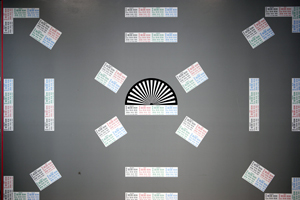
VR
Nikon's Vibration Reduction, a lens technology than counteracts lens movement by rapidly moving internal lens elements. Canon calls this IS.
Zoom lens
A lens which offers a continuously variable focal length between two extremes eg 70mm to 200mm. See also prime lens.
























